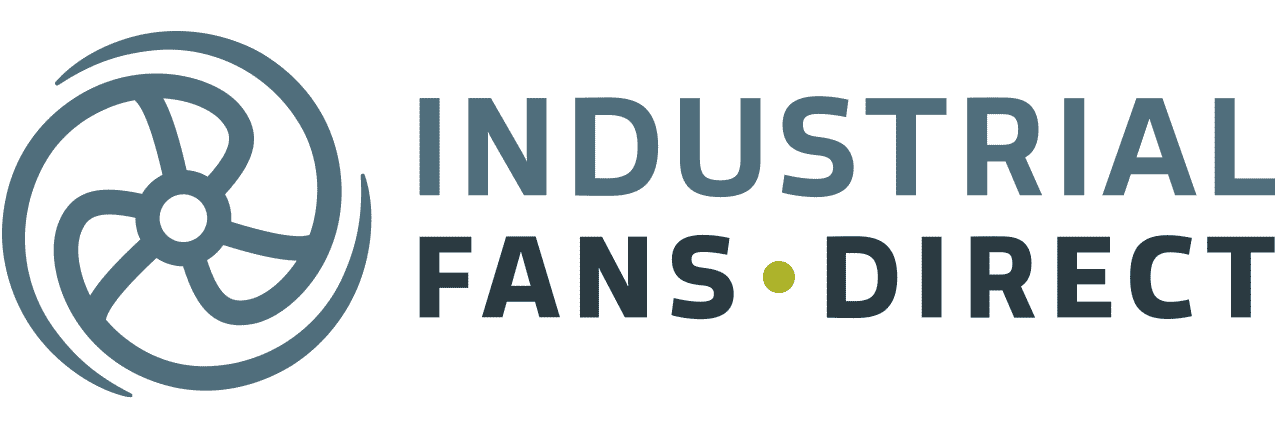Workers exposed to harmful levels of heat, humidity, fumes, and chemicals can be at risk for health problems. Among the common worker complaints and medical problems from overexposure are allergies, asthma, confusion, headaches, and nausea. In plants and factories where painting, blasting, welding, high temperatures, and fumes from chemical processes are the norm, it is the owner/operator’s responsibility to ensure employee comfort and health by meeting federal, state, and local guidelines for environmental controls.
There are a few types of ventilation strategies for the workplace that can limit chemical exposure:
- Air conditioning and heating provides fresh air and temperature control, but is not practical or cost-effective for all environments.
- Dilution ventilation reduces the amount of polluted air in a room or building by exhausting stale air and supplying a source of fresh air. This can be done with wall exhaust fans or roof exhaust fans, open windows, and cooling fans. Dilution works best when exhaust fans are in close proximity to workers.
- Spot exhaust ventilation pulls contaminants, heat, and smoke from specific areas like kitchens and heavy equipment. In situations where toxic airborne chemicals are present, spot ventilation is a necessity. It requires less make-up air than dilution ventilation. Spot exhaustion can be conducted through hoods (commercial range hoods) and vent ducts.
- Some systems incorporate air cleaners to remove contaminants like dust and chemicals. These systems may be required by federal, state, or local agencies for pollution control.
- Fans provide air pressure for moving clean air indoors and contaminated air outdoors through ducts. Centrifugal fans are used in spot exhausting in atmospheres of high resistance (where there may be high level of dust). Axial fans are wall- or ceiling-mounted and can pull large amounts of air through a space, but cannot draw air through a ventilation system.
Contact federal, state, and local regulatory agencies for guidelines and policies where environmental safety and employees are concerned.
